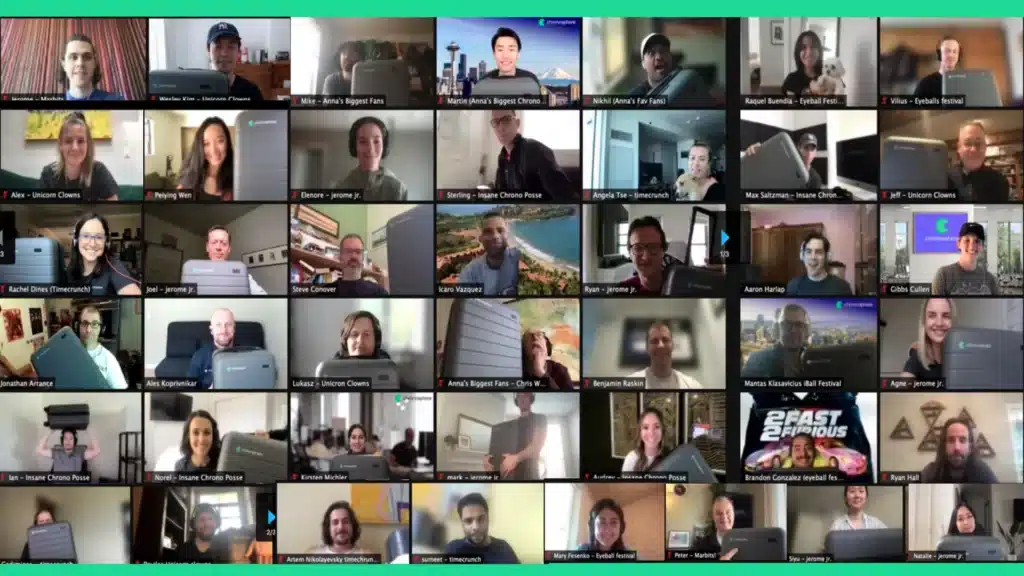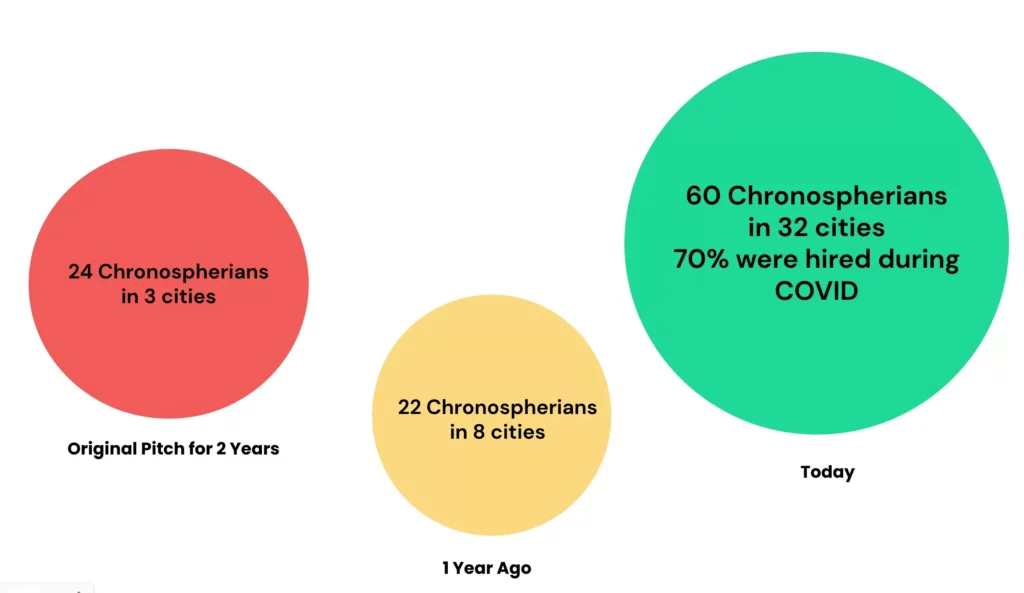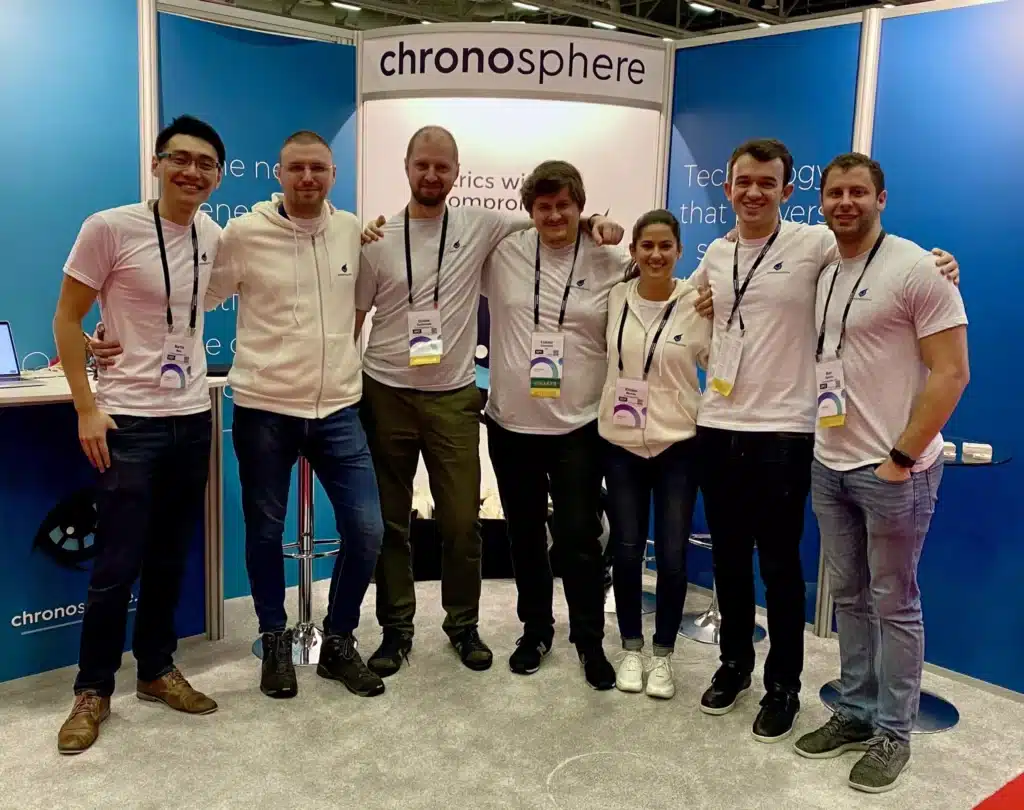Origin story
It’s almost a Silicon Valley tradition to start a company in a garage. The 2020 global pandemic version of that is starting a company in a laundry room and this is where Chronosphere was not only born, but also where $55 million worth of funding was raised from. It was a unique way to start, and it’s a fun story to tell.
Chronosphere, which celebrated our second anniversary last week, provides a SaaS monitoring solution to companies adopting cloud-native. Our short history fits so neatly into the span of COVID-19 – from shutdown to the current phase of vaccine rollouts and gradual reopenings – we can only be described as “born in the pandemic.”
From (almost) 0 to 60 in fifteen months
During the height of the pandemic, Chronosphere exploded from a handful of employees working out of three cities to more than sixty Chronospherians today spread across more than thirty cities.
Our team is still rapidly expanding, but it’s smoothly operating in a fully distributed model: Everyone works remotely from around the world and we expect to more than double our remote-first workforce by the end of 2021.
Our fast two-year pace isn’t just limited to the high-caliber team we have here. This January, in the middle of the pandemic, and fourteen months out of stealth, we announced the general availability of our monitoring product along with $43.4 million in series B funding, bringing our total funds raised to $55 million. We continued to onboard new customers faster than ever before and have already more than doubled our revenue in the first quarter of 2021 alone.
We have also continued to talk about how monitoring needs to be reimagined for the cloud-native world at large industry events, such as FluentCon at KubeCon + CloudNativeCon EU 2021 and o11yfest 2021.
Rapid cloud native adoption
When we launched Chronosphere, we bet the company on the industry’s drive toward cloud-native architecture – microservices on containers – and anticipated that transition would happen over a multi-year period. Instead, the global pandemic has dramatically sped up this timeline. In fact, Forrester predicts that by the end of this year, 60% of companies will leverage containers on public cloud platforms and the global public cloud infrastructure will grow 35% to $120 billion.
Companies that had previously postponed or underfunded cloud projects – and those that had completely resisted funding cloud projects at all – have realized how essential cloud is. COVID has not only impacted how we work and socialize, it has accelerated cloud-native adoption and made the need for better monitoring even more acute.
The good news is, Chronosphere’s monitoring solution was purpose-built for this new cloud-native movement.
At the rate Chronosphere is growing, they are building THE next definitive cloud company
From glimmer of an idea to full-fledged company
Two years might seem like a short amount of time, but in cloud-native and startup years it’s an eternity. Our workforce is increasing by double digits, we are growing our family of (happy) customers, and we are becoming a household name in monitoring and observability. Our head of people, Agne Klasaviciene, writes more about Chronosphere’s unique remote-first approach to hiring in her recent blog.
I’ve done a lot of writing, but sometimes pictures speak louder than words so let’s end this with a peak at some photos that help illustrate the Chronosphere story.










